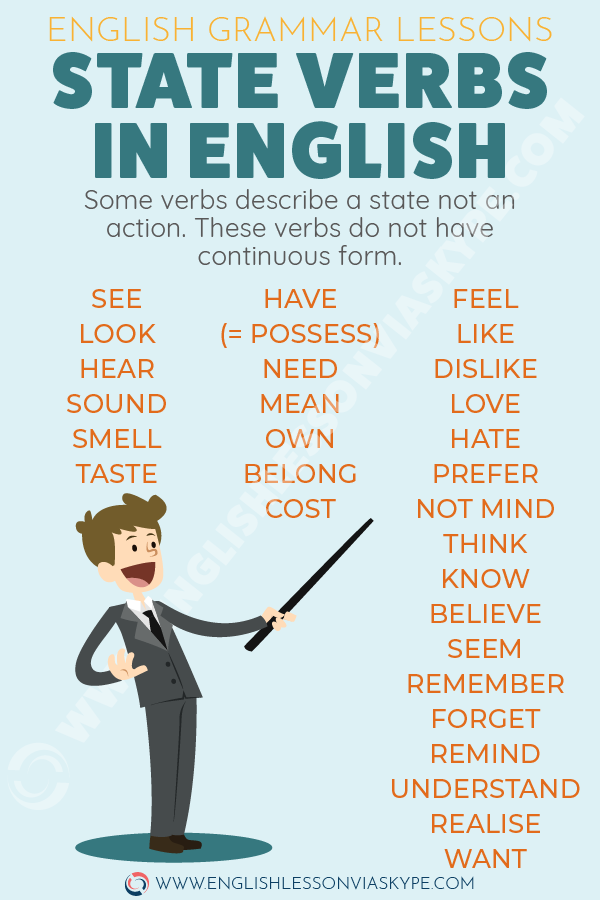Today we are going to talk about the difference between Present Simple and Present Continuous. So, when do we use these tenses? Let’s go through some examples.
If reading is not your thing, scroll down and watch a video lesson.
Table of Contents
Present Simple – Examples
I play tennis every day. She plays tennis every day.
I don’t play golf. He doesn’t play golf.
Do you drive to work? Does he drive to work?
Present Continuous – Examples
I am playing tennis at the moment. She is playing tennis at the moment.
I’m not playing golf. He’s not playing golf.
Are you driving to work tomorrow? Is he driving to work tomorrow?
Difference between Present Simple and Present Continuous
We use the Present Simple:
To talk about states or things that are always true.
- I live in London.
- The sun rises in the East.
- What do babies eat?
To talk about habits and routines.
- I go to the cinema once a week.
- He gets up at 6.30 a.m. every day.
- Sarah works in a bank.
To talk about timetables and schedules.
- My plane takes off at 2 p.m. tomorrow.
- The train leaves from platform 7.
Intermediate to Advanced English Marathon

INSANITY: doing the same thing over and over again and expecting different results.
Albert Einstein
- What you'll learn:
- better understanding of more complex grammar structures
- advanced English vocabulary words
- British & American slang
- perfect your listening skills through practing different accents
- This marathon is for you if you're:
- stuck at an intermediate English level
- tired of confusing explanations
- a mature student
- shy & introverted
Difference between Present Simple and Present Continuous
We use the Present Continuous:
To talk about things happening at this time or around this time. These are temporary situations.
- What are you doing? I am watching TV.
- My sister is living with me until she can find a new apartment of her own.
To talk about plans and arrangements. This will refer to future events.
- I’m meeting Deborah tomorrow.
- She’s leaving at 6 p.m.
To describe changes.
- The UK economy is getting stronger.
- Oil prices are falling.
Non-continuous Verbs in English
Some verbs that express state not action are not used in the continuous form. These include:
Verbs of the senses:
- see
- hear
- feel
- taste
- smell
Verbs of perception:
- know
- remember
- forget
- recognise
- understand
- notice
- realise
- seem
- sound
- think
List of Non-continuous Verbs in English

Share and help other students to improve English skills
Verbs which express likes and dislikes:
- love
- like
- hate
- dislike
- enjoy
Other verbs:
- include
- matter
- need
- belong
- own
- appear
- want
- have
Some verbs have more than one meaning and are not usually used in the continuous form with one of those meanings.
For example:
to have = to possess
to think = to have an opinion
to see = to understand
Find out what typical signal words are used with Present Continuous
I hope this short post has helped you better understand English Grammar Rules and the difference between Present Simple and Present Continuous.
I would also recommend to watch this short video where I explain the difference between Present Simple and Present Continuous and provide examples:
How to use stative verbs in English
More Information
For more information on English Grammar Rules, check out the following links:
You will love these English lessons

English Adjectives to Describe Places
Here you will learn English adjectives to describe places. Quaint, medieval, cosmopolitan and more. Let me know which adjectives would


10 English Collocations with Price
Here you will learn 10 English collocations with Price. Price uct, price tag, price hike, exorbitant price and more. Particularly


Giving Recommendations In English
Giving recommendations in English can be very simple if you know these essential English phrases. If you’re looking to improve